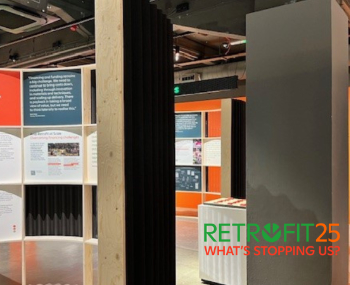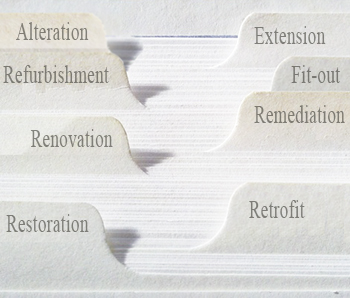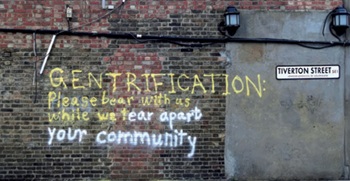Sterile touch points
[edit] Introduction
Today's facilities managers should be conscious of many requirements, including sustainability, energy efficiency, climate change, comfort, wellbeing and air quality.
The presence and spread of pathogenic microorganisms in our environment is still a problem and one that is exacerbated by the development of microbial resistance to antibiotics and disinfectants.
Some work environments give little consideration to employee health and cross infection; absenteeism and 'presenteeism' (sickness at work) which cost companies millions of pounds in lost productivity every year. It is claimed that 80% of colds, flu and sickness are caused by cross-contamination: surfaces that are contaminated in the workplace which help spread infection. This can include door handles, stair rails, lift control buttons, digital entry points, taps, keyboards, toilets etc.
Bacterium can double within 20 to 30 minutes, meaning that one bacterium turns into two, then two become four, leading eventually to the formation of millions of cells. Office environment temperatures and ventilation systems are ideal for growing and spreading bacteria, viral and fungal spores.
[edit] Reducing the risk
One solution is quite simple and environmentally friendly in application. All potential cross-contamination touch points in buildings can be coated with an invisible eco-varnish that eliminates bacterial adhesion, preventing their multiplication. These sterile touch points are not contaminated by air or infected individuals.
The ability to eradicate all dangerous gram negative and gram positive bacteria will depend on the degree of hydrophobic functionality of the microbiota barrier varnish, enabling the right surface tension to exist. The more hydrophobic bacteria cells adhere more strongly to hydrophobic surfaces, while hydrophilic cells strongly adhere to hydrophilic surfaces.
Coatings are easy to apply and last from six months to years, depending on surface abrasion.
Further details from Richard Thomas, CitroxBiosciences, [email protected]
[edit] Related articles on Designing Buildings Wiki
- Deleterious materials.
- Designing to reduce the chemical, biological and radiological vulnerability of new buildings (IP 7/15).
- Disposal.
- Hazardous substances.
- Health and safety.
- Method statement.
- Occupational health.
- Personal protective equipment.
- Planning (Hazardous Substances) Act 1990.
- Pollution.
- Risk assessment.
- Volatile organic compounds.
- Workplace exposure limits.
Featured articles and news
Retrofit 25 – What's Stopping Us?
Exhibition Opens at The Building Centre.
Types of work to existing buildings
A simple circular economy wiki breakdown with further links.
A threat to the creativity that makes London special.
How can digital twins boost profitability within construction?
The smart construction dashboard, as-built data and site changes forming an accurate digital twin.
Unlocking surplus public defence land and more to speed up the delivery of housing.
The Planning and Infrastructure Bill
An outline of the bill with a mix of reactions on potential impacts from IHBC, CIEEM, CIC, ACE and EIC.
Farnborough College Unveils its Half-house for Sustainable Construction Training.
Spring Statement 2025 with reactions from industry
Confirming previously announced funding, and welfare changes amid adjusted growth forecast.
Scottish Government responds to Grenfell report
As fund for unsafe cladding assessments is launched.
CLC and BSR process map for HRB approvals
One of the initial outputs of their weekly BSR meetings.
Architects Academy at an insulation manufacturing facility
Programme of technical engagement for aspiring designers.
Building Safety Levy technical consultation response
Details of the planned levy now due in 2026.
Great British Energy install solar on school and NHS sites
200 schools and 200 NHS sites to get solar systems, as first project of the newly formed government initiative.
600 million for 60,000 more skilled construction workers
Announced by Treasury ahead of the Spring Statement.
The restoration of the novelist’s birthplace in Eastwood.
Life Critical Fire Safety External Wall System LCFS EWS
Breaking down what is meant by this now often used term.
PAC report on the Remediation of Dangerous Cladding
Recommendations on workforce, transparency, support, insurance, funding, fraud and mismanagement.
New towns, expanded settlements and housing delivery
Modular inquiry asks if new towns and expanded settlements are an effective means of delivering housing.
























